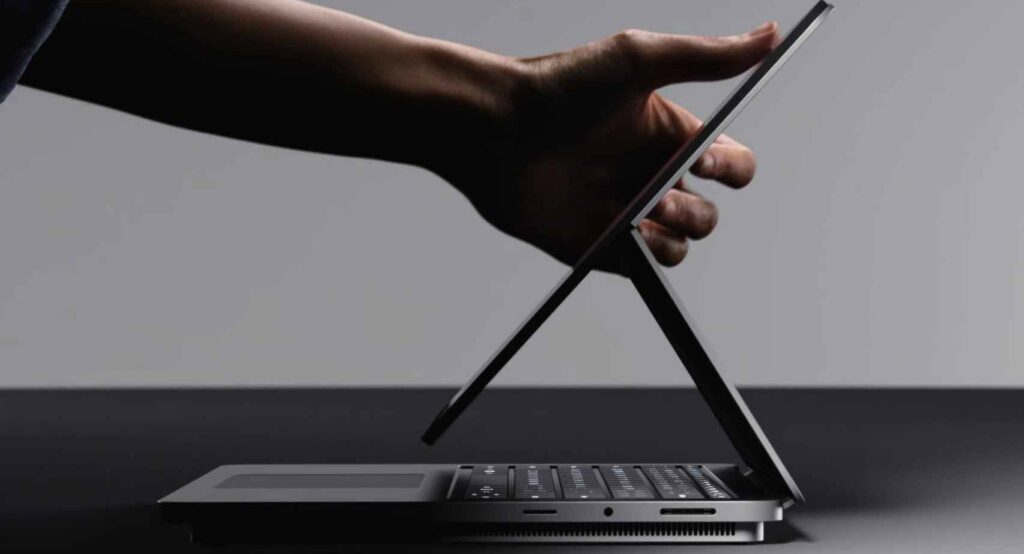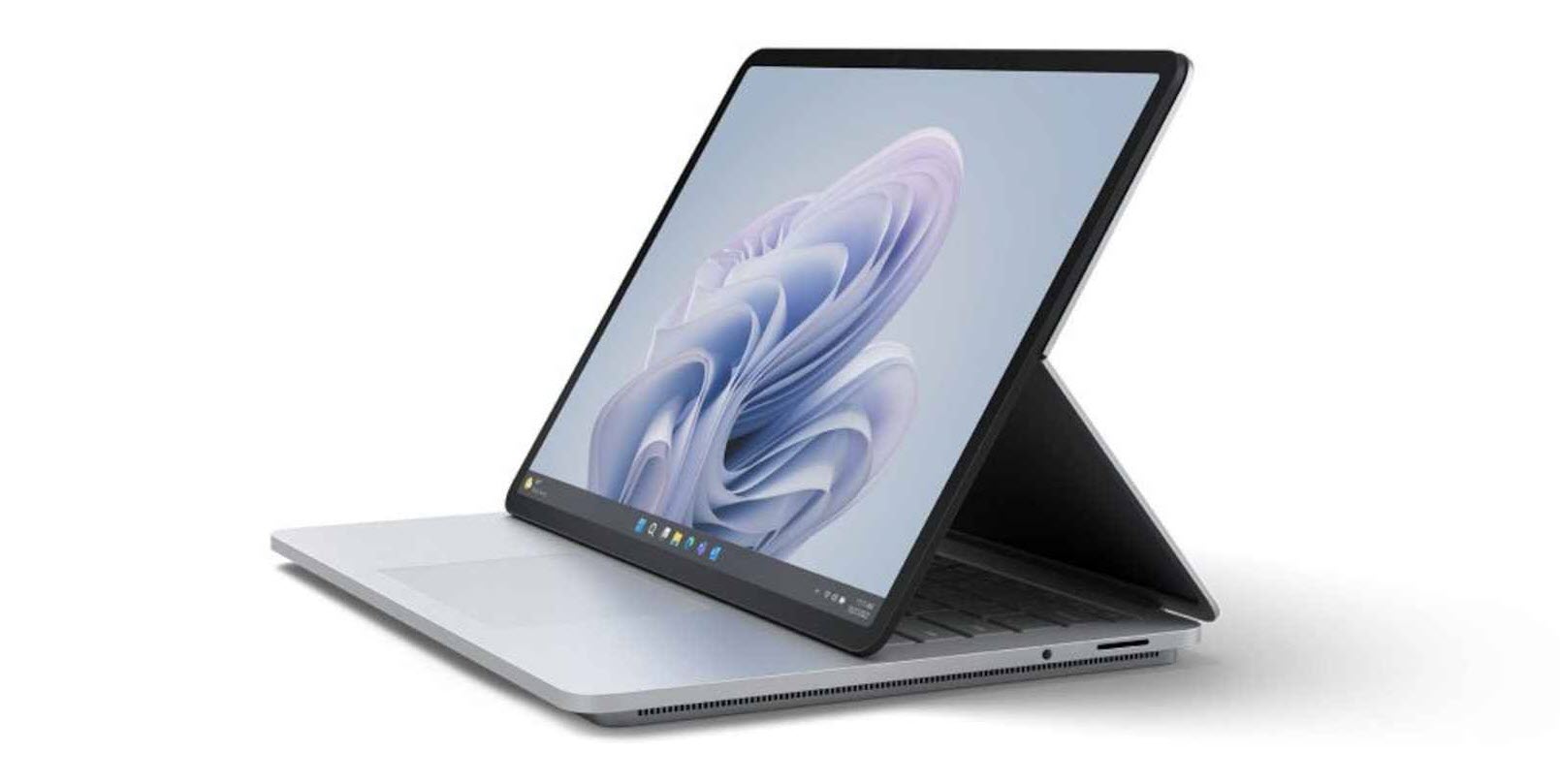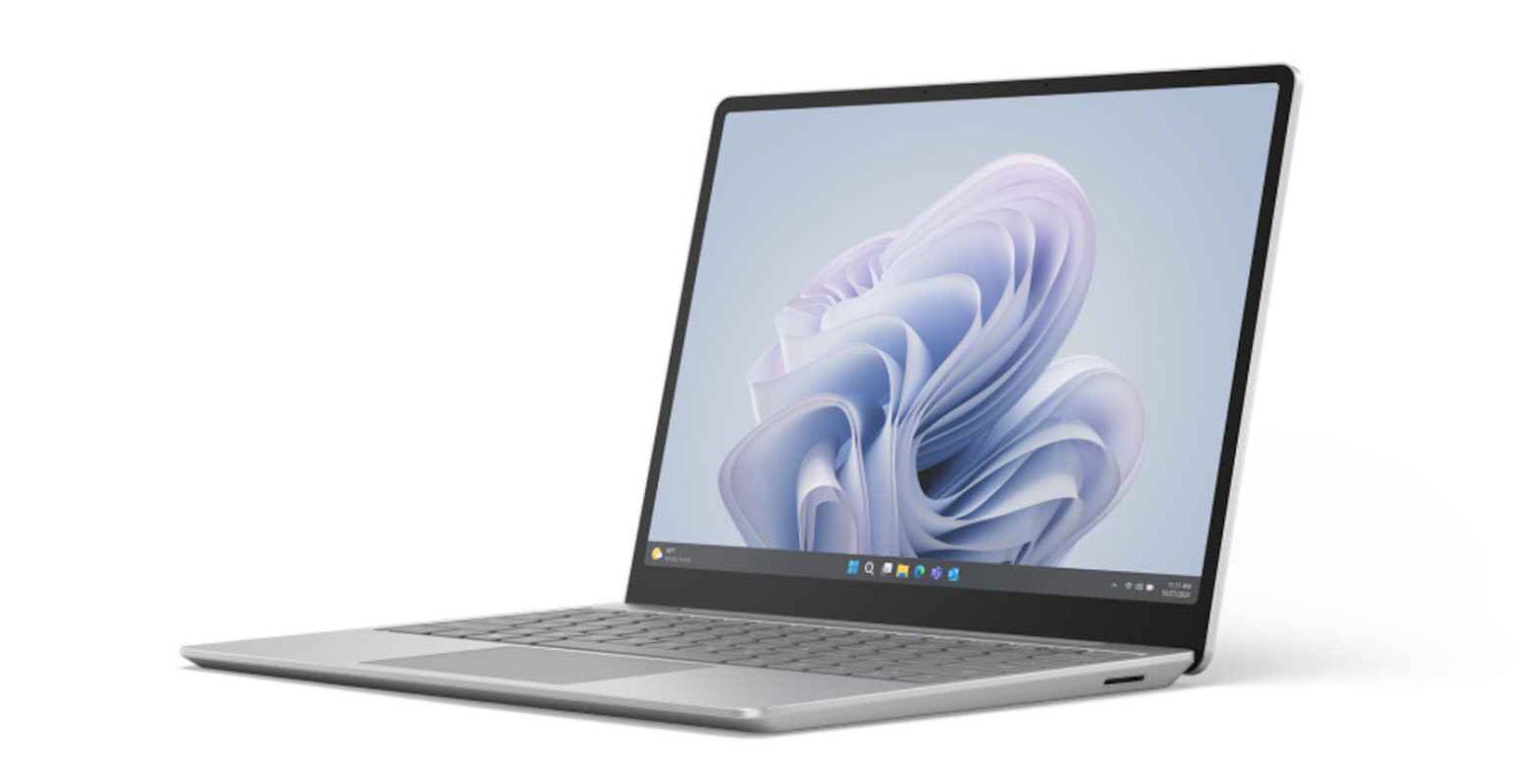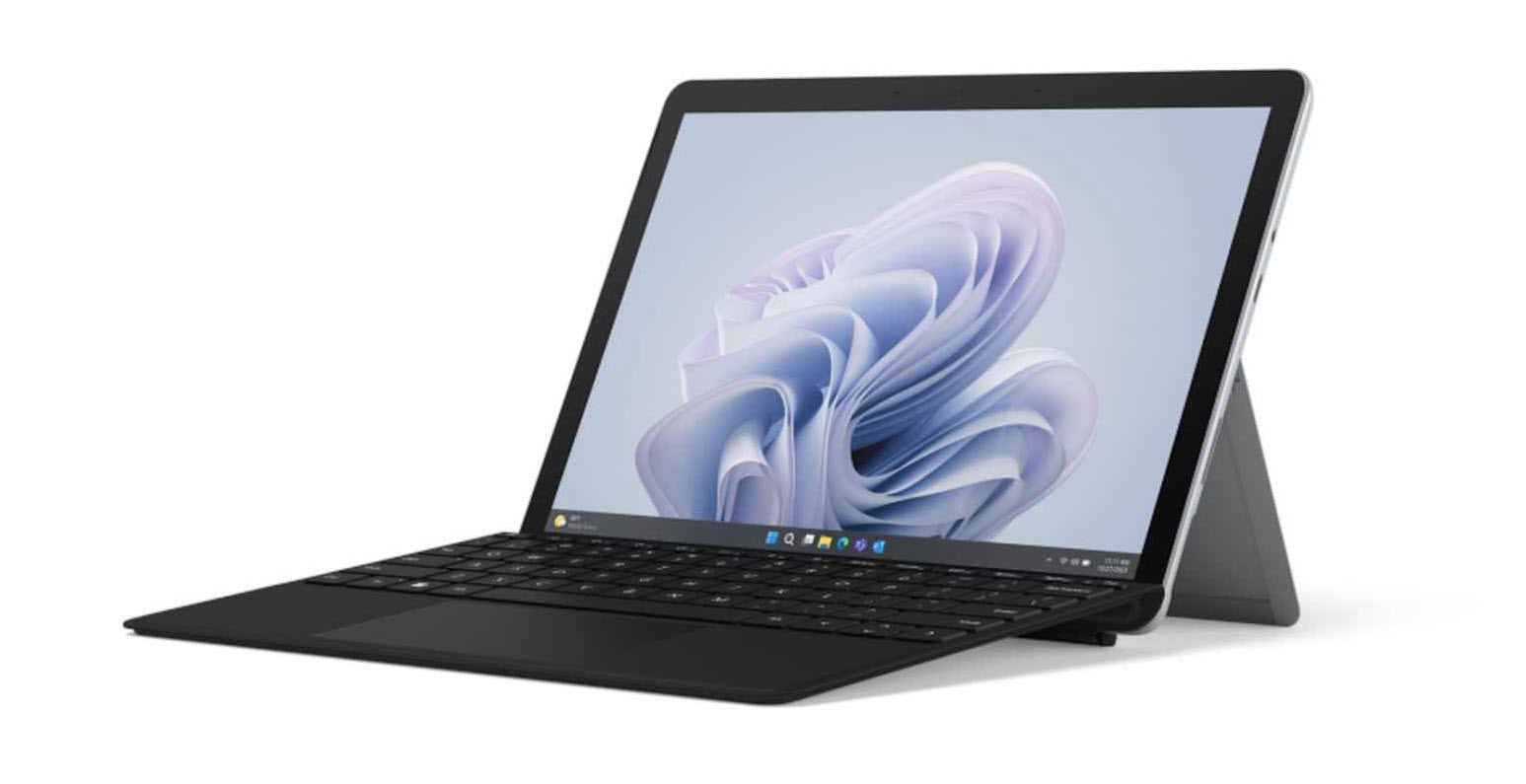Computers & Laptops | September 28, 2023

The future of the Surface device lineup seemed uncertain after Panos Panay’s departure from Microsoft was announced. Panay is considered the driving force behind Microsoft’s major hardware push, starting with the original Surface and its subsequent models. Whenever Surface was discussed, Panay was at the forefront with his enthusiastic approach, which now seems to be moving to Amazon.
It wasn’t very encouraging that this 19-year journey came to an end just days before the presentation of the new Surface devices. In these circumstances, it’s no wonder that rumors ran wild, and optimism for Microsoft’s new product generation quickly faded. Microsoft’s priority for the event was expected to focus on new Artificial Intelligence features for Windows 11.
The good news is that things aren’t as bad as they initially appeared. While it’s true that Windows 11 and AI dominated the event, Microsoft did announce new Surface devices, indicating they aren’t abandoning the lineup. Interestingly, none of the models presented are entirely new; they represent evolutions of those introduced during Panay’s tenure.
The highlight of the presentation was the new Surface Laptop Studio 2, the next generation of the convertible laptop that garnered attention for its innovative design. What appears to be a regular laptop can transform into a tablet or a drawing easel, thanks to its magnet-based system. All of this remains intact in this second generation, including the curious “double base” for improved internal component cooling.
Rather than reinventing the wheel, Microsoft has opted to address one of the original Laptop Studio’s significant issues: power. To achieve this, the company has upgraded to the 13th generation of Intel Core processors, the first with a Neural Processing Unit (NPU) for artificial intelligence tasks.

The new laptop also features Nvidia’s latest graphics chips, allowing users to choose between an RTX 4050 or RTX 4060, which should be sufficient for running some games, although the laptop isn’t primarily intended for gaming. Along with the option to have up to 64 GB of RAM and 2 TB of storage, this should meet the needs of professional users for whom this laptop is intended. Users will also appreciate the new connectivity options, including two USB-C ports, a USB-A port, a microSD card reader, and, of course, the Surface Slim Pen 2. You could say that this is the version of the Surface Laptop Studio that Microsoft should have launched initially.
The Surface Laptop Studio 2 will start at $1,999 in the United States.

The second device presented by Microsoft today falls on the opposite end of the spectrum: the Surface Laptop Go 3, the cheapest and most basic laptop in the lineup. Here, we find the same story: a design that barely changes but significantly improved hardware. The processor has been upgraded to the 12th generation of Intel Core, which, although a generation behind, should be more than sufficient for its target audience, offering an 88% performance increase over the original model. This laptop still features the same 12.4-inch display with a 3:2 aspect ratio, ideal for documents and, therefore, students and professionals.
Another detail users will appreciate is the massive battery, which Microsoft claims can achieve up to 15 hours on a single charge while maintaining the device’s slim and lightweight profile. The 720p resolution webcam should provide good video calls, as should the dual microphones. Security remains strong, with a fingerprint reader integrated into the power button. Connectivity has also improved, with a USB-C 3.2 port that allows users to connect the laptop to an external display and charge it simultaneously. It will cost $799 in the United States.

The last consumer device unveiled by Microsoft is the Surface Go 4, the new generation of the budget Windows tablet. Once again, the design remains identical to its predecessor, with the same thick screen borders, but this ensures compatibility with accessories like the keyboard cover.
What matters is that the internal components have been upgraded. It now runs on a 4-core Intel N200 processor, which should offer better performance than the previous model’s Pentium processors. It’s no longer possible to choose the 4 GB RAM option, an option that hardly anyone should have selected. From now on, the minimum is 8 GB of RAM, and storage starts at 64 GB but can go up to 256 GB. Pricing starts at $579 in the United States.